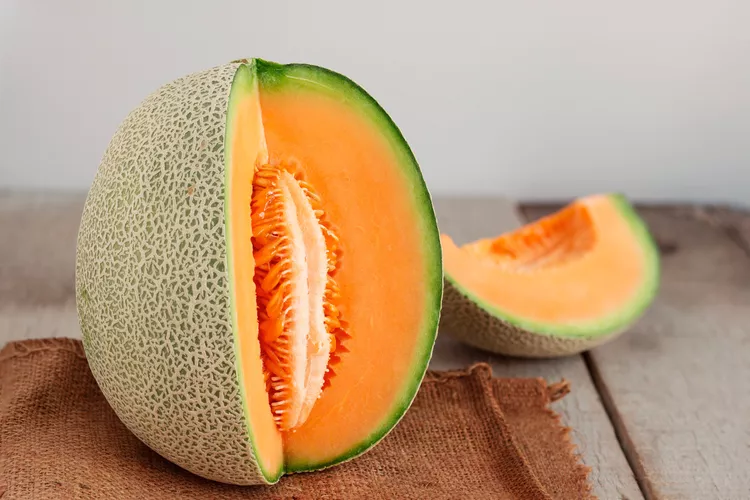
Dogs can eat cantaloupe in moderation. Like other melons, cantaloupe has a high water content and is bursting with nutrients for humans, but these benefits don't always apply to dogs. Dogs' stomachs can only handle certain things in moderation, and this includes fruit. Here's how to feed your dog cantaloupe without making them sick, the proper amounts to give, and what to do if your dog is having a reaction.
Yes, cantaloupe is a relatively safe fruit for dogs to consume in small amounts. As with any new food, it is always wise to introduce it to your dog slowly, so you can easily determine if your dog has an allergy or any trouble digesting them.
Cantaloupe is packed with nutrients, low in calories, and a great source of water and fiber. Although there are many benefits to eating cantaloupe for humans, feeding it to your dog should be done with care and discretion. Moderation is key—a few pieces of cantaloupe are safe for dogs to eat, but too much can cause trouble. If you have questions or concerns about feeding your dog cantaloupe, consult a veterinarian.
Cantaloupe is high in sugar, so it's not a good treat choice for diabetic dogs or those on calorie-restricted diets. In general, too many treats can lead to canine obesity, which can wreak havoc on your dog's body, especially if your dog is prone to joint issues like hip dysplasia. Plus, cantaloupe is relatively high in fiber, and too much can cause gastrointestinal upset. It's also possible for dogs to have an allergic reaction or intolerance to any food.
Monitor your dog after feeding cantaloupe and contact your veterinarian if your dog experiences any of the following:
If you choose to feed your dog cantaloupe, offer small amounts of ripe fruit cut into bite-sized pieces. Always avoid the rind as it may be harmful and is not very tasty.
Cantaloupe rinds are tough, hard to chew, and even harder to digest. They can be a choking hazard and cause irritation when swallowed. Don't feed your dog rinds or let them lick the outside skin, because it may have harmful bacteria that could make them sick.
As with all fruit, it is important to wash and scrub the outer surface thoroughly prior to preparation. Remove the rinds and the seeds, and slice the melon into small one to two-inch-thick bite-sized wedges depending on the size of your dog.
You can feed cantaloupe to your dog as a special treat and not part of their regular diet. Put the treat in a Kong or another puzzle toy to provide mental exercise for your dog. You can even freeze this fruit to make it last longer and provide a refreshing treat in hot weather.
Cantaloupes are available year-round, but this melon shines during the summer when it’s at its freshest and sweetest. Picking a good, ripe cantaloupe can also make the treat that much better for your dog. Keep in mind, however, that the riper the cantaloupe, the more sugar it contains. Just by tasting, you'll know if a cantaloupe is sweeter than you're used to, which means you should give your dog less.
A great way to pick a cantaloupe is by smell, the fruit should have a sweet, slightly musky scent. The stem should be no longer attached as a ripe melon will naturally detach from its stem. Lastly, the cantaloupe should feel firm but not rock hard and should be free of bruising.
In summary, cantaloupe can be given to dogs as an occasional treat, provided that the rind and seeds are removed.
It's not smart to feed your dog cantaloupe rinds: the rinds are fibrous and can cause gastrointestinal upset.
Be careful with cantaloupe seeds, as they can be a choking hazard. Best to feed your pooch plain cantaloupe flesh.
Dogs can eat many melons, from watermelon to honeydew. Just remove the seeds and rind.

Exploring the Different Types of Pet-Friendly Beaches
Are you looking for pet-friendly beaches? Learn about the different types of pet-friendly beaches, their locations, and tips for visiting them with your pet.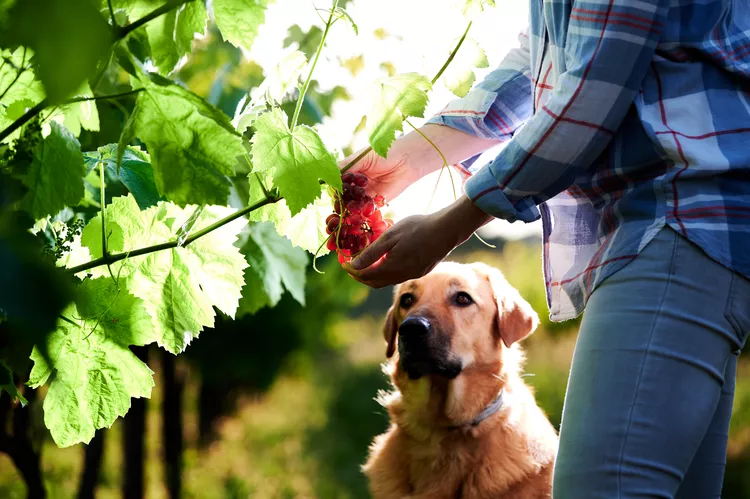
Exploring Pet-Friendly Wineries: Types, Locations, and More
Discover the different types of pet-friendly wineries, where to find them, and what to expect when you visit. Learn more with The Spruce Pets.
Why Is My Dog’s Eye Swollen?
If your dog's eye is swollen, she may need veterinary attention. The inflammation could be caused by allergies, an injury, or even a tumor.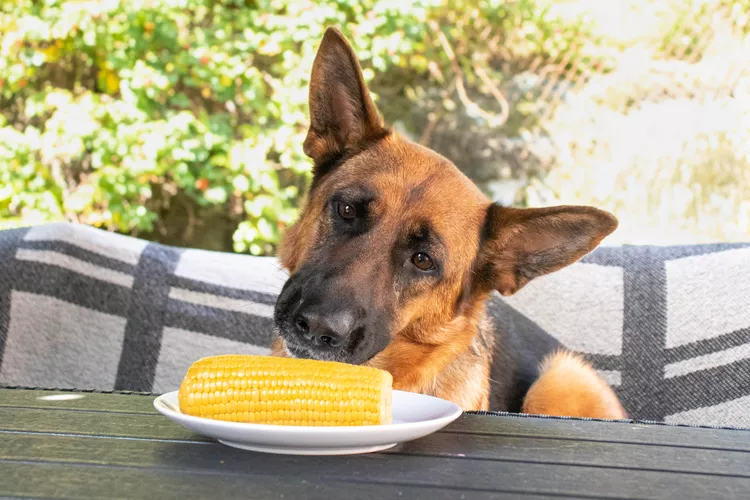
Can Dogs Eat Corn on the Cob?
Dogs love chewing on corn cobs, but this can cause serious harm. Learn about the dangers of corn cobs and find out what to do if your dog eats one.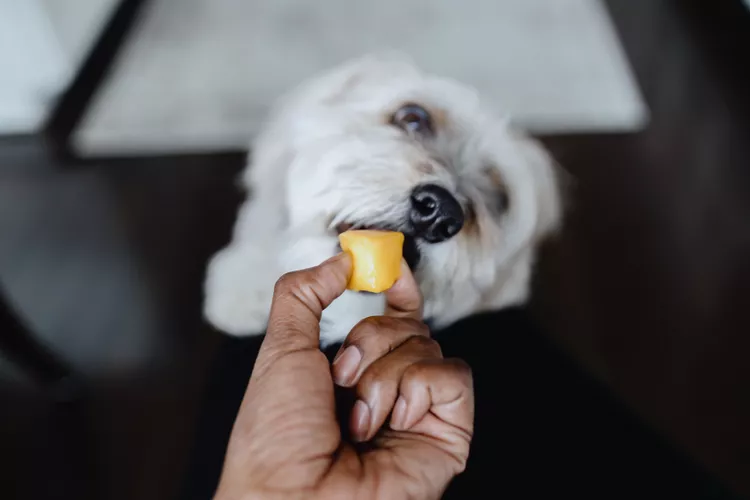
Can Dogs Eat Papaya? What to Know About Sharing This Tropical Fruit With Your Pup
Papaya is safe for dogs in moderation, and it can even provide some nutritional value for them. However, too much can cause digestive upset, and it's not suitable to share with dogs with certain health conditions.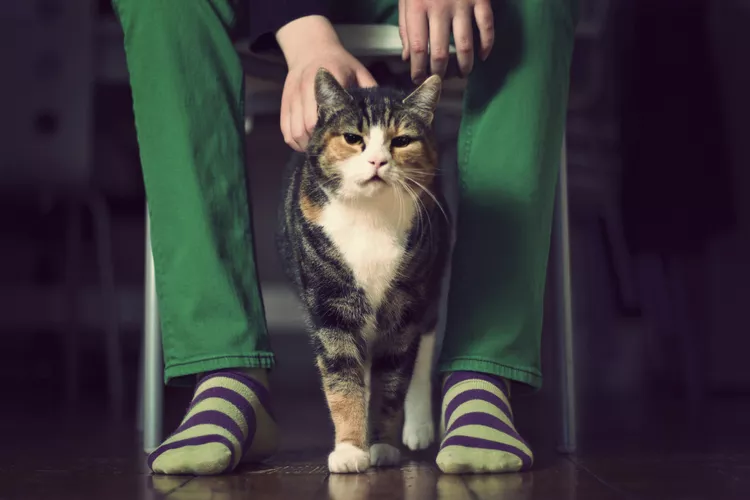
65 Irish Cat Names
Irish cat names can pay homage to historical places, local cuisine, famous Irish actors and musicians, or other wonderful aspects of the Emerald Isle.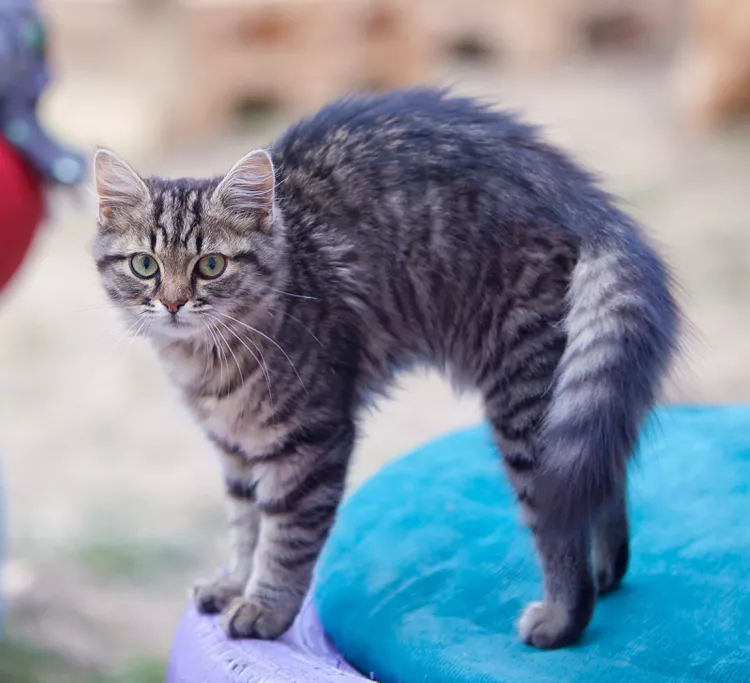
Feline Hyperesthesia Syndrome (FHS) in Cats
Rippling skin is more than dermal sensitivity in cats. It can be a sign of Feline Hyperesthesia Syndrome. Learn the causes, treatment, and prevention.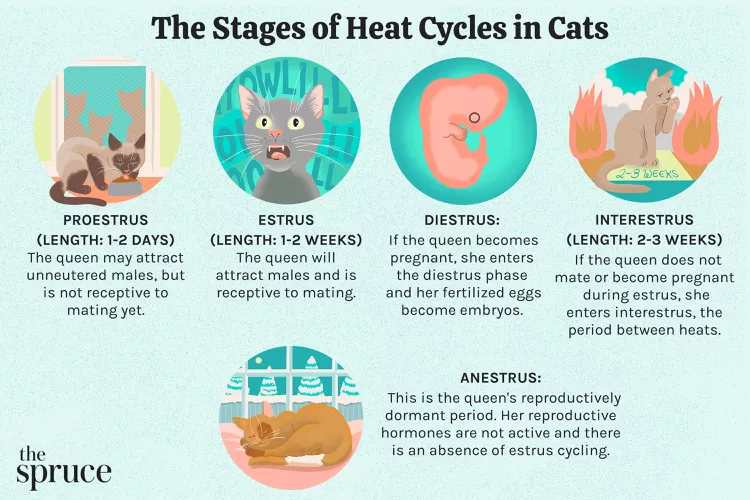
How Long Are Cats in Heat?
How long are cats in heat? Learn about the heat cycles of cats, also called estrus, as well as the reasons you should spay your cat.
Can Dogs Eat Raw Chicken Feet?
What are the potential health benefits of chicken feet for dogs? What are the risks?
Is Eucalyptus Safe for Cats?
Many products containing eucalyptus are not safe for cats, and it is important to be aware of the risks to your cat.
What You Need to Know About Homemade Cat Food
If you want to cook for your cat, make sure to read about the risks associated with homemade diets for cats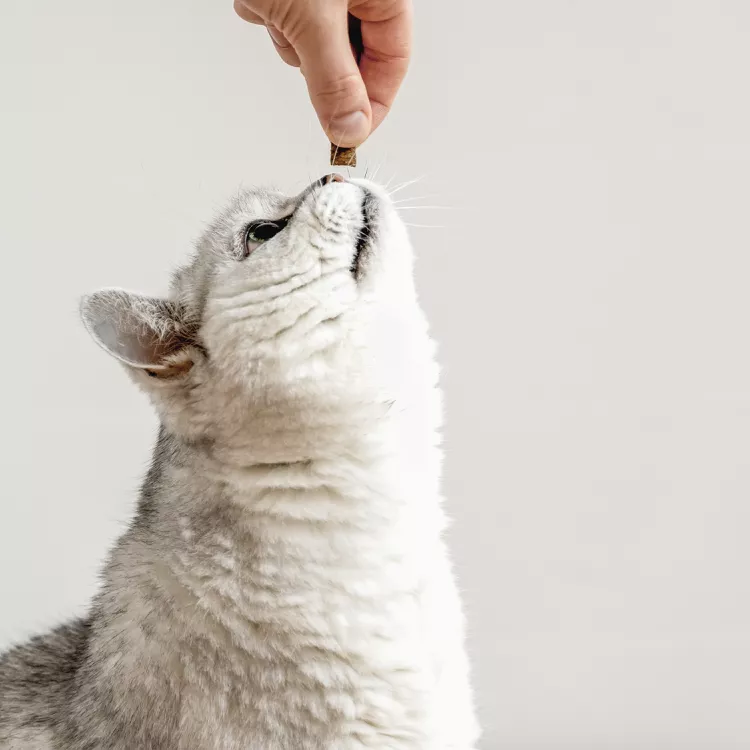
Can Cats Eat Peanut Butter?
Peanut butter is not toxic to cats, but it might not be the best choice of treat for them.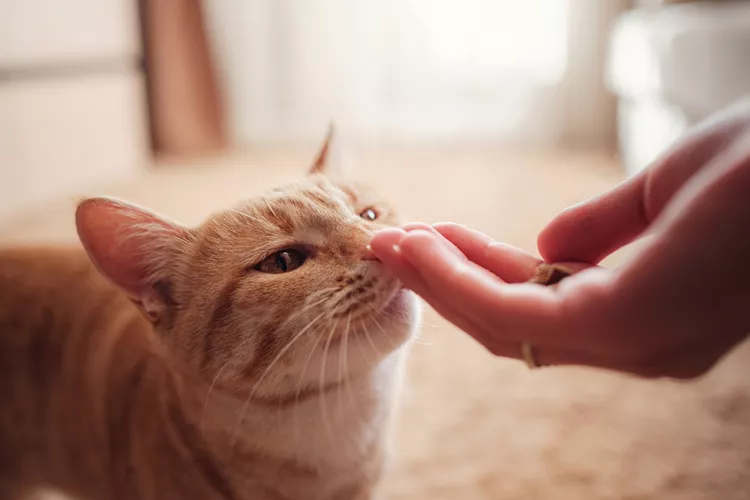
Can Cats Eat Cheese?
Can cats eat cheese? Is it healthy for them? How much can they eat and what should you do if you fear your cat has eaten too much cheese?
8 Flat-Faced Cats with the Cutest Smooshed Faces
These flat-faced cat breeds have a distinct and adorable appearance. Learn about their origins and traits, and the potential health risks tied to their unique facial structures.
Pictures and Facts About Bengal Cats and Kittens
Bengal cats are a cross between wild cats and domestic cats. Learn more about what they look like and pictures of this beautiful spotted breed.
Top 10 Big House Cats
Larger cat breeds, like Maine coons and savannahs, deserve just as much love as their petite counterparts. These big house cats tip the scales.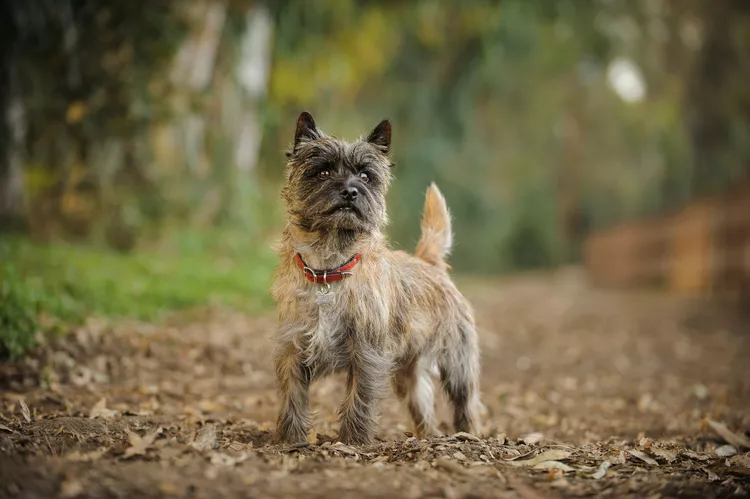
Cairn Terrier: Dog Breed Characteristics & Care
The cairn terrier is a spunky, affectionate, and intelligent dog from Scotland. The breed became famous when one played Toto in The Wizard of Oz. Learn about the temperament, history, health, and care needs of the cairn terrier dog breed.
Reasons Why Dogs Grind Their Teeth
Some dogs grind their teeth. Learn why dogs grind their teeth and if it can be harmful. Find out what to do about teeth grinding in dogs.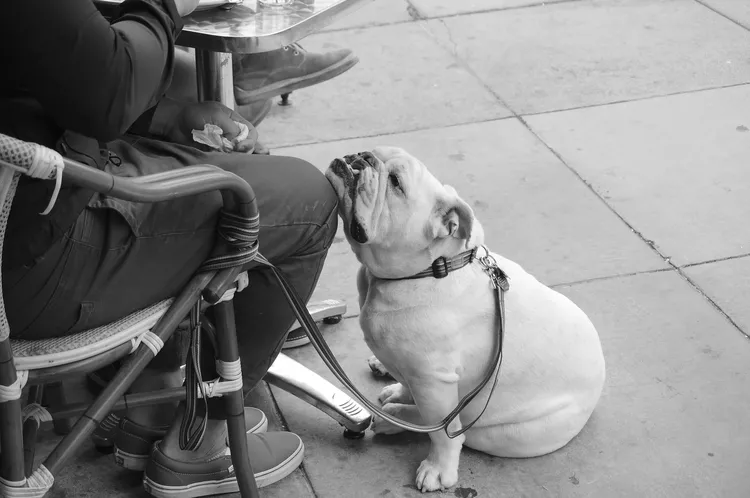
This Is Why Some Dogs Lean on People
Certain dogs really love leaning on their humans. What does this mean? Find out why dogs lean on people and if this is ever a problem.
Can Dogs Get Depression? How to Help Your Sad Dog
Can dogs get depression? Learn about the signs of depression in dogs and find out how to help your sad dog.